20 May 2008
0 CommentsFinding Negawatts Right on your Doorstep
Big “boil the ocean” issues (with apologies for the corny metaphor) like Global Warming overwhelm many people with their scope, long time scale and difficulty to solve. Predictions that human activity, which has of late been increasingly generating Green House Gases (GHGs) which in turn accumulate in the atmosphere and, by changing the heat retention of the whole earth’s ecosystem, cause our average temperatures to warm up, are now almost universally accepted as fact rather than just scientific theory.
In response, socially responsible businesses and individuals have started to buy carbon offsets which seek to provide an alternative reduction elsewhere, equivalent to the actual carbon they the purchaser of the offset produces. While worthwhile, most offsets are, in fact, delivered via the CDM part of the Kyoto Protocol in the absence of more pervasive emissions trading schemes. CDM, short for Clean Development Mechanism, invests in programs in developing countries which reduce GHG emissions.
But, what about reducing our emissions here in Canada and the United States? I’d like to share a best kept secret, namely the Elora Centre for Environmental Excellence (ECEE), a charitable organization of which I am the Board Chair and co-founder. Without a lot of fanfare, this organization was an early innovator of home audits which were aimed at improving our residential housing stock and working to both educate and deliver greater energy efficiency for homes (as well as water and waste). Originally, we pioneered a “Green Home Visit” just for our small community of Elora, Ontario which our current Executive Director, Don Eaton had the vision develop into a nationwide home labelling system. Don’s vision was for all homes to receive simple label of energy efficiency, say on a scale of 0 (heating the outdoors) to 100 (heated only by the heat generated by the inhabitants) which would provide:
- an objective standard that would drive a market for energy efficiency,
- a system endorsed by realtors and contribute to the relative value of the home,
- homeowners would be directly educated in energy efficiency issues on the spot during the process of home evaluation and label production,
- an auditable and objective benchmark that would allow homeowners to better select contractors for upgrades (e.g. draftproofing, insulation, furnace, windows, etc.)
In the late 1990’s, Don was one of a group of experts who put this dream into reality, in the context of a Canadian federal government programme, called EnerGuide for Houses. The name “EnerGuide” was borrowed from a pre-existing and well-known Canadian government appliance labelling standard. Don Eaton became an icon of this program, by providing much of the initial training for hundreds and hundreds of Certified Energy Advisors over the years, through a national-wide environmental service organization, Green Communities Canada, of which ECEE is a founding member. Such is the level of Don’s expertise, that he’s been called to provide expert help in developing programmes in places like the UK and US.
EnerGuide for Houses grew quietly until May 2006, when the Stephen Harper government killed the program in what was clearly a partisan, and ill conceived, move. It was reinstated, as EcoAction for Houses last year, but only after the collateral damage of hundreds of trained Certified Home Evaluators being forced out of the system by the over 12 month funding chasm. But, that’s a story for another day …
To make a long story short, home efficiency from EcoEnergy programmes conducted just by ECEE (in the service area of southwestern Ontario shown on the map below) so far delivers 8 000 tonnes of GHG reduction per year over the about 16 000 homes we’ve audited. Taking into account the Canada-wide results, and remembering that the reductions are, in effect, permanent so each and every year the savings continue and fewer GHGs are emitted into our atmosphere.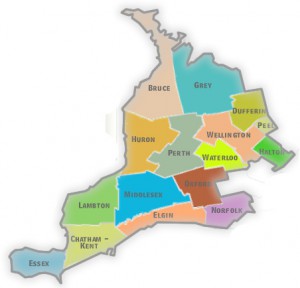
Remember too that this is still an early adopter programme. Because the homeowner pays a relatively nominal sum, although mitigated by government funded homeowner rewards for energy reductions and other cross-subsidies, it is far from universal. The most advanced communities have an audit penetration of approximately 5% while many are far lower.
Studies in Canada and the US, show that residential energy is the source of just under one-quarter of our GHG production, with the rest being transportation, industry and agriculture. So, taking market penetration much higher, to 30% or 40%, would make a real difference as we see below.
It is instructive to correlate the above case study in real GHG reduction with an article in May 10, 2008 Economist, entitled The Elusive Negawatt, “If energy conservation both saves money and is good for the planet, why don’t people do more of it?” Some of the key points made in that article are:
- energy efficiency is really the “fifth fuel”, after coal, gas, oil and uranium, as a practical way to satisfy growing energy demand.
- this fifth fuel of reduction and efficiency, also called “negawatts“, reduces rather than produces Greenhouse Gases, and enhances wealth at the same time.
- McKinsey Global Institute suggests that energy efficiency could provide half of the savings needed to for the world to keep GHGs to below 550 ppm in the atmosphere, a level suggested that would reverse or stabilize climate change.
- Some studies suggest a payback of 30% for many energy efficiency programmes, which is remarkable in itself.
If energy efficiency programmes are all goodness and light why aren’t they more pervasive? How do we get the production of negawatts beyond its early adopter stage?
It’s pretty clear that we need the right combination of committed governments, utilities and private sector partners working with environmental service organizations like ECEE that are providing the “real down in the trenches” work right at the homeowners doorstep. With such a tantalizing prize beckoning, let’s not wait too long to seize it.
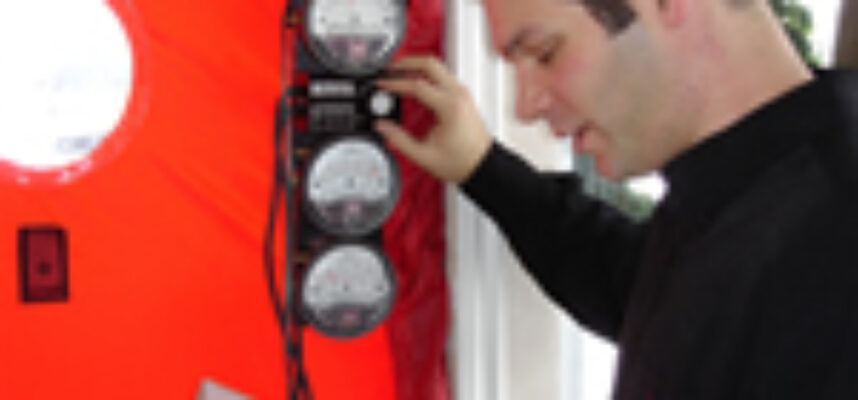

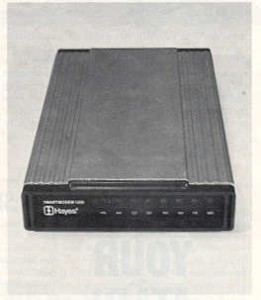 Remember 1200 baud Modems
Remember 1200 baud Modems Latte from A Matter of Taste Cafe
Latte from A Matter of Taste Cafe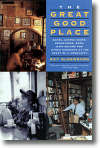 The Great Good Place by Ray Oldenburg
The Great Good Place by Ray Oldenburg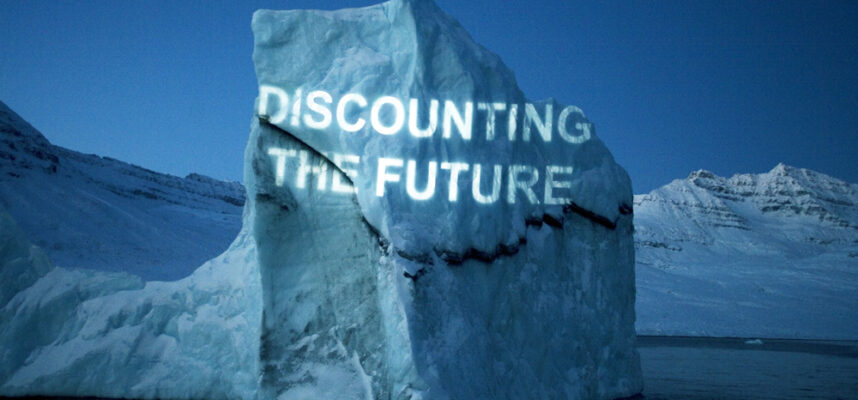
30 Jul 2008
0 CommentsRunTheDream in Elora: Social Enterprise Reaches 3400 / 8500 km.
A little over 4 months ago we first wrote about an astonishing social enterprise, Jonathan Howard (see photo) and his Run The Dream (RTD).
To refresh your memory, take a look at our 22 March, 2008 post by clicking here: With amazing youthful enthusiasm, having Just turned 25 today, Jonathan Howard ran into Elora to a welcome by a Michael Chong, MP, Mayor Joanne Ross-Zuj, a number of parents who live daily with Autism Spectrum Disorders (ASD) and a good contingent of local supporters. It goes without saying people were inspired and he was very warmly greeted.
It’s really interesting how things that start slowly eventually snowball. There are always challenges and false starts in any truly entrepreneurial enterprise. The snowballing of viral propagation is famous in the world of web startups. Jonathan has witnessed a similar effect with Run The Dream. One shining example of that is Terry Robinson (see photo). Terry, a co-worker at Ontario Public Service and an accomplished two-time Para-Olympian (Seoul and Barcelona), was so inspired by Jonathan’s social vision to commit to a leave of absence from his job to accompany Jonathan by wheelchair from Ottawa to Winnipeg. That’s a 3 month and 3000 kms of dedicated trek. What a team they make as they average a marathon a day, day in, day out.
Jonathan and Terry should be an inspiration to us all. RTD is managed by a core team of about a dozen (effectively full time) volunteers, augmented by literally hundreds of local grassroots volunteers, with Jonathan being the notional CEO (or should I say, Chief Running Officer?). As a startup social enterprise, RTD has an impressive year one business plan. The two main CSFs:
are ambitious goals for any startup. How many technology startups come close to that in year one?
When we filter investment prospects at Verdexus, we like to think that 80% of the investment decision is centred around the team. As a result, we spend much time getting the measure of founding team entrepreneurs. For a social enterprise, the same is true, in spades. With a vision and an execution track record that Jonathan and Run The Dream has so far, have you any doubt that investors will back Jonathan and his team?
And, guess what? You can to. Help Jonathan and his team meet their goal by donating online at the Run The Dream website.